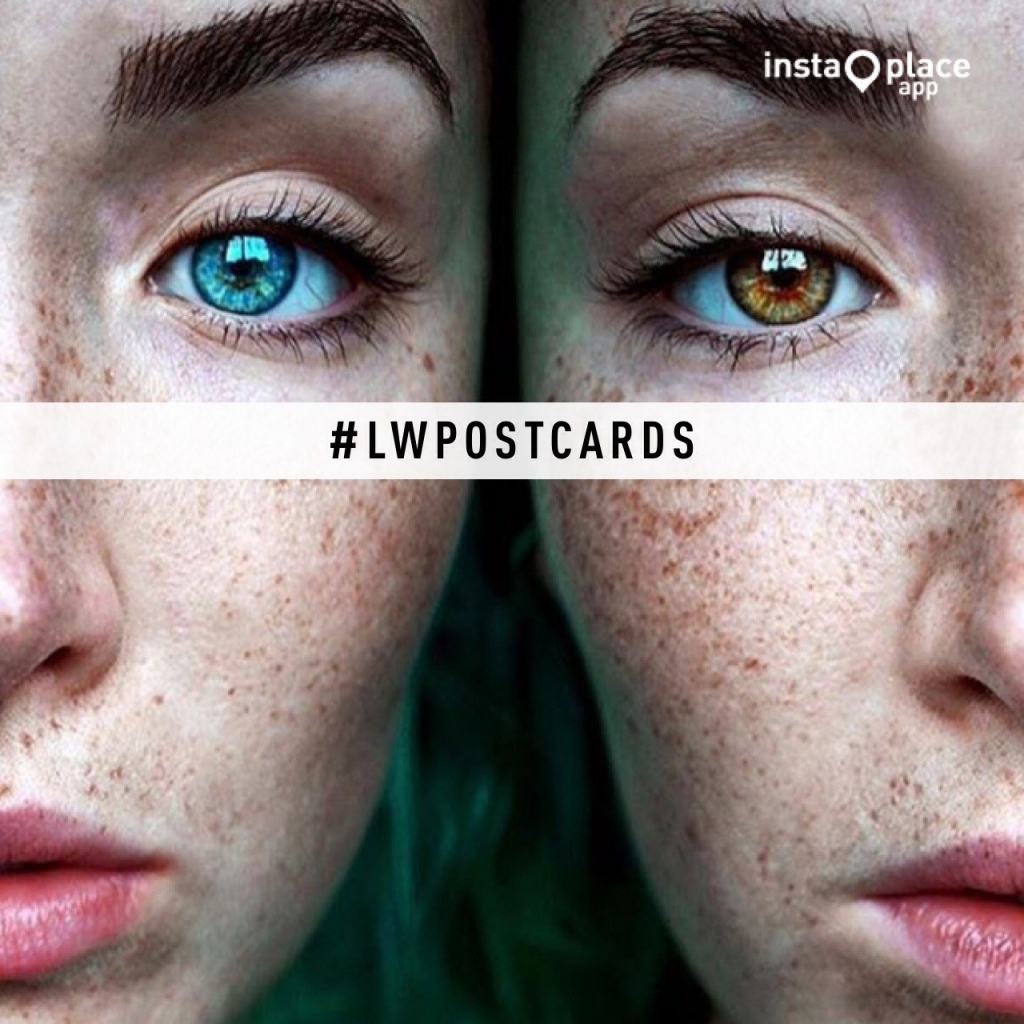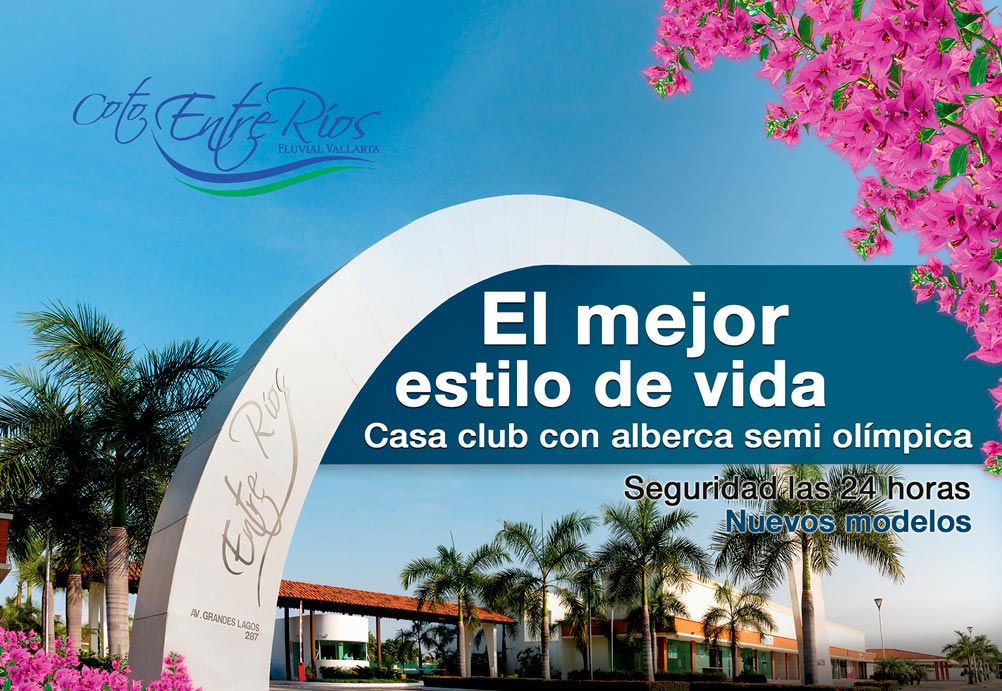

What is product branding?
Product branding, put simply, is the process of branding a product. It’s the identity you give your product so it stands out in a sea of competitors and connects with the people it meshes with best. That unique identity is your product’s brand, and each of the tangible aspects of that brand is your product’s brand identity.
Confused? This should help:
- Your product’s brand is how the world perceives your product
- Your product’s brand identity is the collection of things that comprise its brand, like the font and colors in its logo and the way it’s packaged
- Branding is the action of creating a brand identity and from it, a distinct brand
For some products, the branding is loud and clear.
Because let’s be real here: when you’re building a shed, you probably don’t care much about the brand of nails you use. You might care a little bit more about the brand of hammer you use, and you probably care more than that about the brand of paint or shingles you go with.
Branding takes on greater significance for certain products than it does for others because things like perceived quality, sourcing, perceived value and functionality simply matter more with certain products.
Define your product’s unique brand
Defining your brand accurately requires some self-reflection. Take some time to dig into who your product is for, where it fits into its unique market and which characteristics make it unique. Explore these factors to find concrete answers about:
- Your values. Are you an employee-owned company that prioritizes responsible labor practices? Maybe environmental sustainability or making high quality products accessible to lower-income buyers is a goal for you and your company
- Your buyers’ values. What do your customers care about? What are they looking for from a product like yours?
- Where your product fits into its market. Is it priced higher, lower or about the same as competing products—and why? Is it available on every store’s shelf, in select boutiques or from your online shop exclusively? Is it meant for a specific demographic among your buyers?
- The characteristics that makes your product unique among its competitors. Is your product the only option in its category that comes with customer support for life? Or is it the only one they can get without having to leave the house? What differentiates your product?
You can demonstrate all those points through thoughtful product branding design. Effective product design (and by extension, product packaging design) starts with visual choices like:
- A color palette. Take a look at our guide to choosing brand colors to learn more about how the colors you use in your product design impact how buyers perceive your product (and by extension, your company).
- Fonts. Just like your color choices, your font choices determine how your brand is perceived. Read more about different fonts’ effects in our fonts guide.
- The shapes you use in your logo and product branding design. Shapes, too, convey brand personality traits and steer viewers’ perception of your brand. Rounded shapes tend to feel softer and more inviting, whereas squares evoke a sense of security and triangles can create feelings of movement, urgency and drive.
- The design styles and imagery you use in your product branding. For some brands, simple line illustrations say it all. For others, photos are a must-have. And for others, abstract 3D graphics capture who they are perfectly.
But that’s not all; branding goes beyond visual design. Branding touches every interaction the customer has with your product, like the packaging your product arrives in and the way they interact with your customer support team. You can take branding in a ton of different directions to build a stronger relationship with your audience, like collaborating with another product or service that’s on your buyers’ shopping lists or creating a totally unique buying experience through omnichannel shopping.
Create your product’s brand identity
As we mentioned above, your product’s brand identity is the collection of tangible “pieces” that make up its brand. These include:
- Logo
- Website
- Social media presence
- Product packaging
- Product labeling
- Taglines
- Copy voice
- Product names
- Email/messaging design templates
Take the visual design elements you identified for your brand and use them to design the components that make up your brand identity.
Chances are, you’re probably not going to find some super designer who can create all of the above for your brand. So to avoid having your logo designer create something that says “we’re as transparent as taut cling wrap!” create a comprehensive brand identity guide. A brand identity guide is an in-depth guide that lays out everything your team needs to know about your brand, like its color palette, fonts, logo variations and overall voice.
Map out your brand plan
Once your product has a clear, consistent brand, it’s time to get that brand out everywhere. Everywhere it makes sense for your brand to be, that is. Nowadays, everybody must have an online presence. That means a website and social media. But which social media platforms you promote your product on depends on what your product is and which demographics it’s meant for. If your product is a line of ergonomic office furniture priced for Gen X and Boomer c-suite executives, don’t promote it on TikTok because Gen X and Boomers aren’t on TikTok. But Facebook and LinkedIn? Yes.
The same goes when you’re choosing where else to maintain a brand presence. For some products, print ads make sense. For others, they aren’t very effective. Similarly, some products have audiences that connect really well with influencers, so getting your product into those influencers’ hands and onto their platforms is key to reaching your ideal audience. If you go the influencer route, make sure you take the time to find influencers who have the same values as your brand and your target audience. Otherwise, you can end up with an ineffective campaign at best, and an embarrassing nightmare at worst.
Then there’s the way the venues selling your product fit into its branding. Does limiting availability to your website give it the exclusivity it deserves, or should the product be available on every big box store shelf across the country? There’s a lot of room to fit in between these extremes, like making it available only through select retailers, either online or in brick and mortar shops.
Maintain your product’s brand
Product branding doesn’t end when your product hits the market. It continues through your interactions with buyers, any new products you release and business pivots you decide to take.
A few examples of actions you can take after your product launches to build and maintain your brand include:
- Supporting specific causes and charities
- Running promotions, giveaways and contests
- Collaborating with other brands to create new products
Just like you carefully vetted the social media platforms on which you maintain a presence and which influencers you work with, think carefully about the promotions that are most on-brand for you. For a pet food brand, donating products or a percentage of every sale to animal rescue organizations is a good fit. For a fashion brand, it makes sense to collaborate with another brand that your audience buys regularly—maybe a beauty or footwear brand.
Brand your product, be successful
Your product may be the best in its category, but if you don’t put the work into branding it effectively, it will get lost in the sea of options your buyers must consistently wade through. And if it isn’t branded appropriately, the right buyers can miss it—and other buyers may initially be interested, but turn away when they realize it isn’t what they need.
Even if your product is in its earliest developmental stages, now is the time to start creating your branding strategy. Read our guide to the process of branding to get an in-depth look at every step of the branding process. It’s never too early to set your product up for success!
How To Create A Brand Visual Identity: 4 Key Elements + 5 Best Examples – Best Graphic Design Companies:https://www.bestdesigns.co/email-design-inspiration
Author: Lindsay Kramer
LW Advertising Postcards
『Contact』
☎ +52 [322] 178.09.50
✉ postcards@lebenswerkmexico.com

















